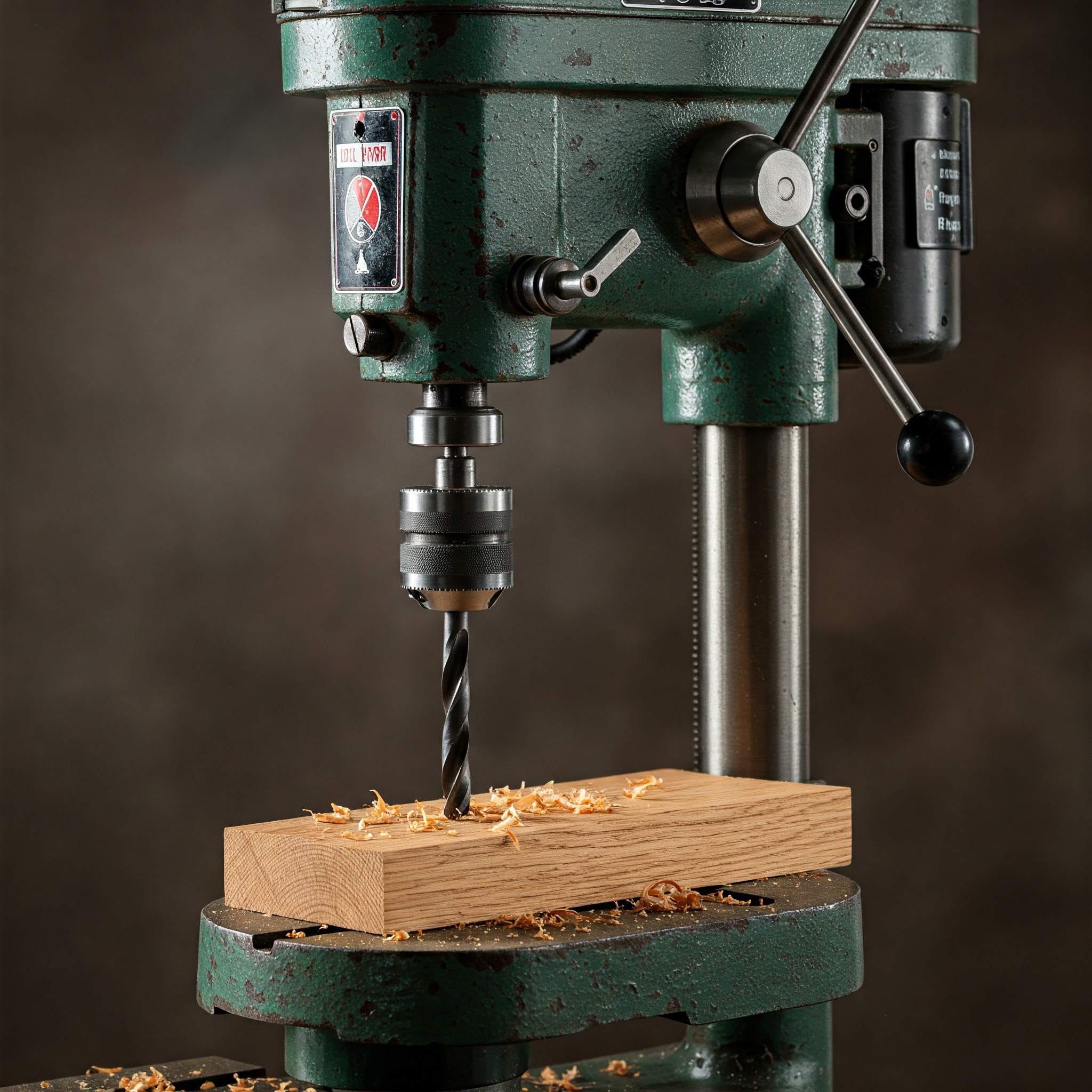Machining Motor Horsepower
Machining Motor Horsepower Formula |
||
|
\( HP_m \;=\; \dfrac{ HP_s}{n }\) (Machining Motor Horsepower) \( HP_s \;=\; HP_m \cdot n \) \( n \;=\; \dfrac{ HP_s}{HP_m }\) |
||
| Symbol | English | Metric |
| \( HP_m \) = Motor Horsepower (HP) | \(lbf-ft\;/\;sec\) | \(J\;/\;s\) |
| \( HP_s \) = Spindle Horsepower | \(lbf-ft\;/\;sec\) | \(J\;/\;s\) |
| \( \eta \) (Greek symbol eta) = Machine Efficiency | \(dimensionless\) | \(dimensionless\) |
 Machining motor horsepower is the amount of power a motor can deliver to drive a machine tool. This value indicates the motor's ability to perform work, such as cutting, drilling, or milling operations. The motor's horsepower is critical because it determines how efficiently the machine can process materials, particularly harder metals or materials requiring more force.
Machining motor horsepower is the amount of power a motor can deliver to drive a machine tool. This value indicates the motor's ability to perform work, such as cutting, drilling, or milling operations. The motor's horsepower is critical because it determines how efficiently the machine can process materials, particularly harder metals or materials requiring more force.
Key Points about Machining Motor Horsepower
Motor Size - A motor with higher horsepower can handle larger, more demanding operations, providing greater cutting force and allowing the machine to work at higher speeds or with more load.
Tooling and Material Compatibility - The required horsepower depends on the type of material being machined (steel, aluminum, or titanium) and the complexity of the operation (rough cutting vs. fine finishing).
Power Requirements - Different machines, such as CNC machines, lathes, mills, and grinders, all require different horsepower levels depending on their intended use.
Efficiency - Motor efficiency impacts both the overall energy consumption and the ability to maintain power for extended periods without overheating.
- See Article - Horsepower Conversion

